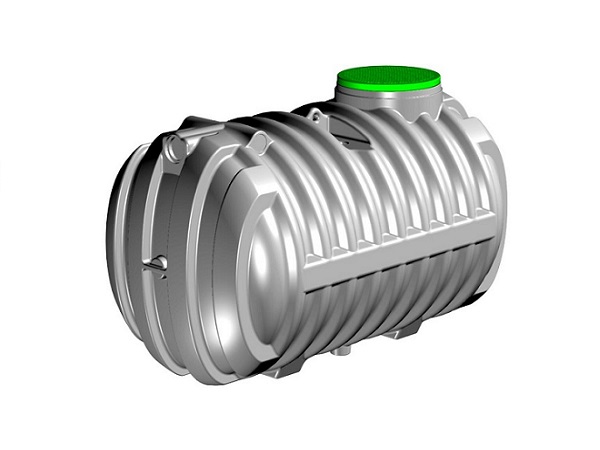
If you want to know how to calculate septic tank size, look no further. It can be tough to work out exactly what size septic tank you need for either a commercial business property or your home. As such, we have put together this septic tank sizing guide which specifies which septic tank size a property would need, determined by the amount of people it needs to serve. With over 50 years’ experience in septic services, you can fully rely on the information provided by Owls Hall in this guide.
For context, a septic tank is generally used where no mains sewage connection is available, and the water can be discharged through the ground via a soakaway or drainage field.
Learning how to size a septic is essential for ensuring it conforms with building regulations and provides long term performance. The last thing you want is to realise down the line that you have chosen a septic tank too small for the amount of people in your property and have to install a bigger one.
Remember, septic tanks are not allowed to discharge to a ditch. Upgrading from a septic tank to a sewage treatment plant will allow discharging to a ditch and provide cleaner water, increasing the life of a soakaway should one be used.
The below is a guide to sizing a septic tank, with worked examples for single and multiple properties.
British water flows and loads 4 document states that:
4 bedrooms = 6 people
A reduction factor is used where populations exceed 12 people This is to account for the fact that it is highly unlikely each property will be full. From 13-25 population, you can reduce the figure by multiplying the population by 0.9. From 26-50 population, you can reduce the figure by multiplying by 0.8.
4 bedroom + 5 bedroom property = 6 people + 7 people = 13 people.
Then multiply by 0.9 and round up: 13 x 0.9 = 11.7 (12 rounded up)
British water flows and loads 4 document states each person creates 150L a day. Therefore, take the number of people in step one and multiply by 150.
4 bedrooms = 6 people. 6 x 150 = 900L per day
4 bedroom + 5 Bedroom properties = 12 population: 12 x 150 = 1800L Per day
4 bedrooms = 6 people. 6 x 150 = 900L + 2000L = 2900L
4 Bedroom + 5 Bedroom = 12 people: 12 x 150 = 1800L = 2000L = 3800L
For ease, we have created a simple table.
| Bedrooms | Minimum size of septic tank | Recommended product |
| 1-3 bedrooms | 2750L | 3000L Septic Tank |
| 4 bedrooms | 2900L | 3000L Septic Tank |
| 5 bedrooms | 3050L | 4000L septic tank |
| 2 x 1-3 bed properties | 3500L | 4000L septic tank |
| 2 x 4 bedrooms | 3800L | 4000L septic tank |
| 2 x 5 bedrooms | 3950L | 4000L septic tank |
| 3 x 2 bedrooms | 3800L | 4000L septic tank |
| 3 x 3 bedrooms | 4250L | 5000L septic tank |
For sizing of a septic tank for a commercial building, more detailed calculations must be made to ensure the daily flow is accurate. This is done using the British water flows and loads 4 Document. For assistance with this, our technical team can help on 01844 202121.
Further Reading: